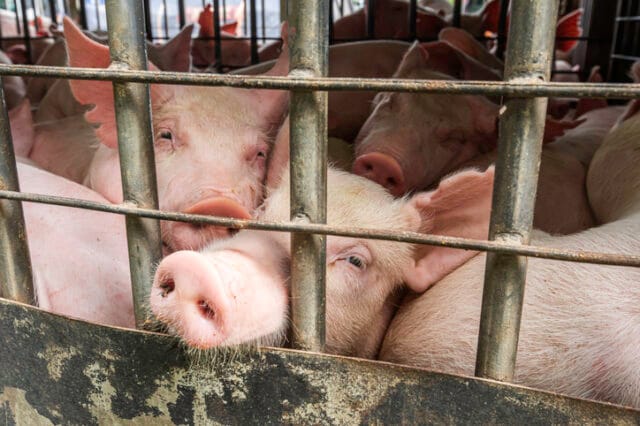A 57-year-old man has become the first person in the world to receive a successful pig-to-human heart transplant. David Bennett Sr. was deemed ineligible for a typical transplant but was offered the somewhat experimental procedure as a last-ditch effort to save his life. Having been in hospital for more than a month and told he didn’t have long to live, he believed it was worth it to give it a try.
A ‘BREAKTHROUGH’ PIG HEART TRANSPLANT
LOOK: David Bennett, a 57-year-old patient with terminal heart disease, was implanted with a genetically modified pig heart in a first-of-its-kind surgery.
📷 UMSOM via Reuters
READ: https://t.co/IBRPmhmmci pic.twitter.com/oKZwJTzQvL
— Rappler (@rapplerdotcom) January 11, 2022
- Bennett was extremely ill. He was experiencing a life-threatening case of heart arrhythmia and had been placed on a heart-lung bypass machine to keep him alive for several weeks before the procedure, the New York Times reports. Since he’d previously had surgery to place a pig valve into his heart, he wasn’t all that averse to the suggestion.
- The University of Maryland School of Medicine received emergency FDA approval. Given that placing an animal heart into a human body may not end well, it isn’t a common procedure, nor is it one that’s entirely legal just yet. However, the FDA allowed a last-minute approval for the surgery given that Bennett knew and accepted the risks.
- Bennett knew he had no other choice. “It was either die or do this transplant. I want to live. I know it’s a shot in the dark, but it’s my last choice. I look forward to getting out of bed after I recover,” he said. The heart was taken from a 240-pound male pig.
- The pig’s heart that was used had been genetically altered. Regenerative medicine company Revivicor had altered the pig’s genes in order to create a heart that would be less likely to be rejected by Bennett’s body. In total, there were 10 genetic modifications, with four genes being inactivated, one of which is responsible for encoding a molecule that causes “an aggressive human rejection response,” according to the New York Times. In addition, six human genes were inserted into the donor pig to make the heart more tolerable to humans.
- The surgery was precarious but it went well. Dr. Barltey Griffith, the director of the cardiac transplant program who performed the operation, opened up about how things went. “The anatomy was a little squirrelly, and we had a few moments of ‘uh-oh’ and had to do some clever plastic surgery to make everything fit,” Dr. Griffith said. As they removed the clamp that restricts blood supply, Griffiths noted that “the heart fired right up” and “the animal heart began to squeeze.” Bennett is still on the bypass machine but is expected to be taken off it as soon as Tuesday.



